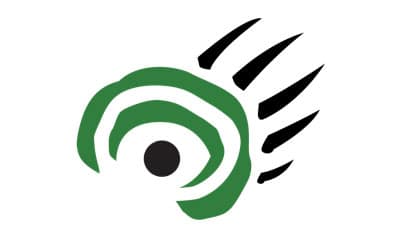
By Natalia Wycislak
Guest blogger Natalia Wycislak is a pre-veterinary student at the University of Manitoba with a passion for wildlife. Her interest in boreal conservation was sparked by working and volunteering at a wildlife rehabilitation centre near Winnipeg. She hopes to one day work in wildlife conservation as a veterinarian.
Happy World Spay Day! Taking the initiative to spay or neuter our pets has many potential benefits, including reducing the chance of health issues, curbing overpopulation of homeless animals, and even remedying behavioral problems, but why is CPAWS celebrating the health of your domestic animals?
With a focus on felines, spaying can reduce feral cat populations that would otherwise hunt staggering numbers of birds and other wildlife. It is estimated that there are between 100,000 and 200,000 feral cats roaming Winnipeg streets, and there are about 10.2 million domesticated pet felines in Canada. Whether released to roam intentionally or by accident, cats left outside encounter dangers such as busy streets, unfriendly dogs, and dangerous animal traps, but it is often the cats themselves that pose a danger to wildlife. A study conducted in 2013 by Environment Canada shows that 270 million birds are being killed every year in Canada due to human activities, with 200 million of these deaths being caused by pet cats.


Just as the birds need the boreal, the balance of this ecosystem is also aided by their presence. As pest controllers and seed dispersers, resident and migratory species that nest in the boreal are vital to the overall environment.

There are many insect pests that, when ecological balance is disrupted, can proliferate and impact large areas of our boreal forests. In an outbreak, pest insects like the spruce budworm can kill or damage trees in large numbers by eating all available foliage, or burrowing into wood and bark. Insect eating birds such as the Evening Grosbeak play an important role in keeping pests like spruce budworm at levels that will allow the ecosystem to thrive.
Our complex and diverse boreal forests stay healthy when we recognize and support the intricate relationship between birds and this beautiful landscape. Birds play important roles in the boreal ecosystem and protection of the habitats they depend on is critical to ensuring their survival. Spaying or neutering our domestic cats and keeping them indoors helps to reduce feline overpopulation and ensures more birds can reach and thrive in the same habitats we are striving to protect.
